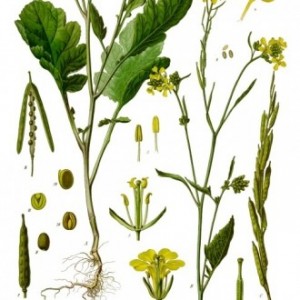 There are increased interests in studies of invasive species due to possibilities of some invaders having strong negative impacts on natives.
There are increased interests in studies of invasive species due to possibilities of some invaders having strong negative impacts on natives.
Invasive species feed on, compete and hybridize with the natives to the disadvantage of the natives. Consequently, invasive species could cause loss of native species and loss of ecosystem services like water filtration, soil stabilization and control of pests. Furthermore, the invaders can be pests of crops. There is, therefore, a need to understand mechanisms that underlie invasiveness of various species. Broadly, there are two groups of mechanisms that enable species to be invasive: ecological and evolutionary mechanisms. Most of previous research into why certain species are invasive has paid much attention to ecological mechanisms, while ignoring or only superficially also incorporating the evolutionary mechanisms. In our research group, we endeavor to give both the ecological and evolutionary mechanisms equitable attention. We are presently using Brassica nigra (Brassicaceae), a native of the Mediterranean region, as a model plant to investigate ecological and evolutionary mechanisms that enable it to invade North and South America.
Funded by BBVA ![]()
